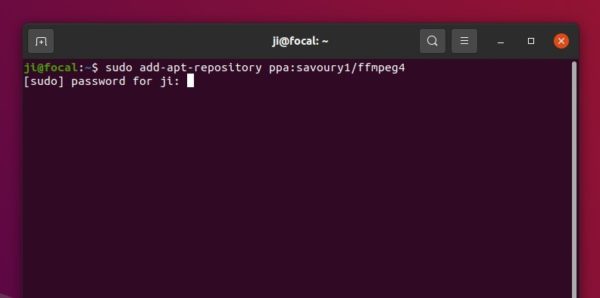


Let’s get right into the basics of FFmpeg live streaming and its useful tools. This FFmpeg tutorial will cover what you need to know to use FFmpeg for streaming. We’ll also provide a brief walkthrough on how to use the software with our own live streaming platform. In this post, we’ll cover how to set up FFmpeg on Linux, Mac, and Windows, and how to use FFmpeg to broadcast live streams. This FFmpeg tutorial will help you understand how it works. To help lower the learning curve, we’ve put together this guide to break down some of the code and functions available on FFmpeg. This feature-rich tool is primarily designed for advanced broadcasters. You can use FFmpeg to create rtmp streams. If you are looking for a no-frills, lightweight tool for broadcast live stream production and other video tasks, FFmpeg may be the software for you. Video streaming software typically provides tools for encoding, transcoding, adding on-screen effects, and more. Many professional broadcasters use live streaming software in addition to their online video platforms.


 0 kommentar(er)
0 kommentar(er)
